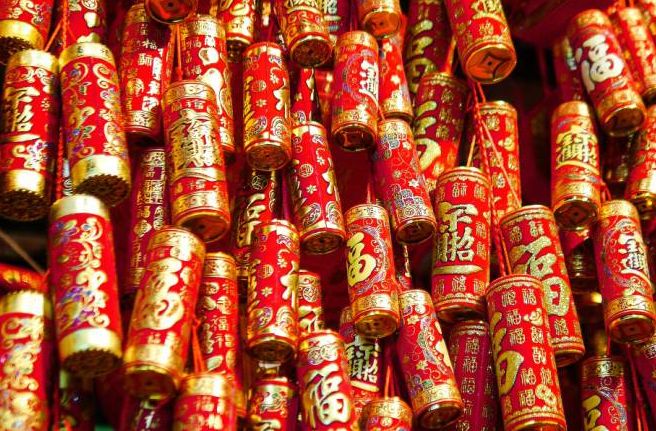Chinese New Year, also called Lunar New Year, is the festival that celebrates the beginning of a new year on the traditional lunisolar Chinese calendar. In Chinese, the festival is commonly referred to as the Spring Festival (traditional Chinese: 春節; simplified Chinese: 春节) as the spring season in the lunisolar calendar traditionally starts with lichun, the first of the twenty-four solar terms which the festival celebrates around the time of the Chinese New Year. Marking the end of winter and the beginning of the spring season, observances traditionally take place from New Year’s Eve, the evening preceding the first day of the year to the Lantern Festival, held on the 15th day of the year. The first day of Chinese New Year begins on the new moon that appears between January and February.
Chinese New Year is one of the most important holidays in Chinese culture, and has strongly influenced Lunar New Year celebrations of its 56 ethnic groups, such as the Losar of Tibet, and of China’s neighbours, including the Korean New Year, and the Tết of Vietnam, as well as in Okinawa. It is also celebrated worldwide in regions and countries that houses significant Overseas Chinese or Sinophone populations, especially in Southeast Asia. These include Brunei, Cambodia, Indonesia, Malaysia, Myanmar, the Philippines, Singapore, Thailand, and Vietnam. It is also prominent beyond Asia, especially in Australia, Canada, Mauritius, New Zealand, Peru, South Africa, the United Kingdom, and the United States, as well as various European countries.
The Chinese New Year is associated with several myths and customs. The festival was traditionally a time to honor deities as well as ancestors. Within China, regional customs and traditions concerning the celebration of the New Year vary widely, and the evening preceding the New Year’s Day is frequently regarded as an occasion for Chinese families to gather for the annual reunion dinner. It is also a tradition for every family to thoroughly clean their house, in order to sweep away any ill fortune and to make way for incoming good luck. Another custom is the decoration of windows and doors with red paper-cuts and couplets. Popular themes among these paper-cuts and couplets include good fortune or happiness, wealth, and longevity. Other activities include lighting firecrackers and giving money in red paper envelopes.
Post time: Jan-12-2023




